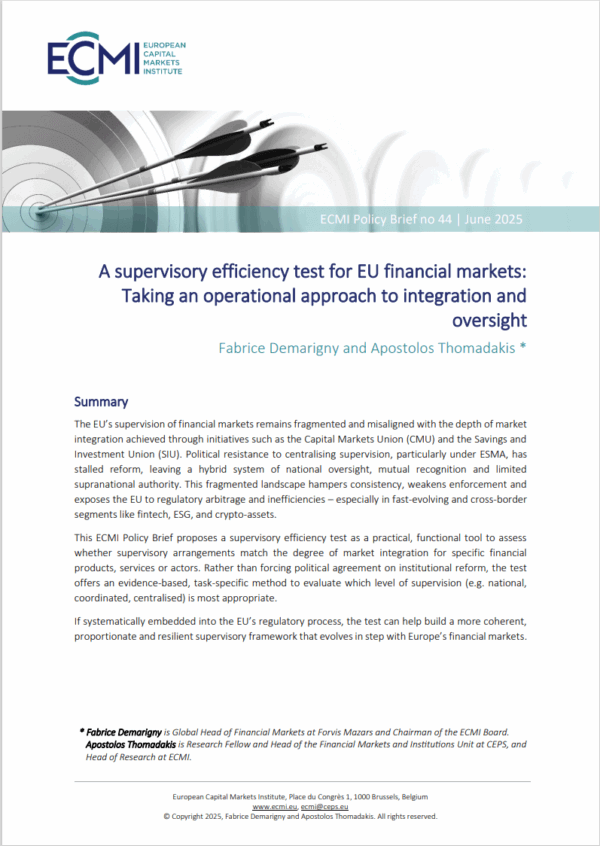The bail-in of creditors forms a critical element within the new European bank recovery and resolution mechanism. The bail-in must ensure that indeed creditors instead of taxpayers absorb a bank`s losses under ordinary circumstances. In order to allow an orderly bail-in to happen it is important that banks, among others, have sufficient loss-absorbing capacity. This so-called minimum requirement for own funds and eligible liabilities (MREL) is currently based on a combination of indicators that are translated into a ratio as a percentage of total liabilities plus own funds. This paper assesses the distribution across banks of the total liabilities plus own funds as well as two alternative indicators – risk-weighted assets and leverage exposure. The results show, based on a sample of 90 euro-area banks subject to direct supervision by the Single Resolution Board, that the difference between leverage exposure and total liabilities plus own funds is limited across the four different variables applied to categorise banks, namely supervisory system, size, business model and ownership structures. In turn, the paper also finds that the application of a risk-weighted and assets-based ratio substantially changes the distribution, with relatively lower average requirements for systemically relevant, larger, more market-oriented and publicly owned banks.
Willem Pieter de Groen is Research Fellow at CEPS.
This material was originally published in a paper provided at the request of the Committee on Economic and Monetary Affairs of the European Parliament and commissioned by the Directorate-General for Internal Policies of the Union and supervised by its Economic Governance Support Unit (EGOV). The opinions expressed in this document are the sole responsibility of the authors and do not necessarily represent the official position of the European Parliament. The original paper is available on the European Parliament’s webpage www.europarl.europa.eu/RegData/etudes/IDAN/2016/574415/IPOL_IDA(2016)574415_EN.pdf. © European Union, [2016]. Copyright remains with the European Union at all times.












